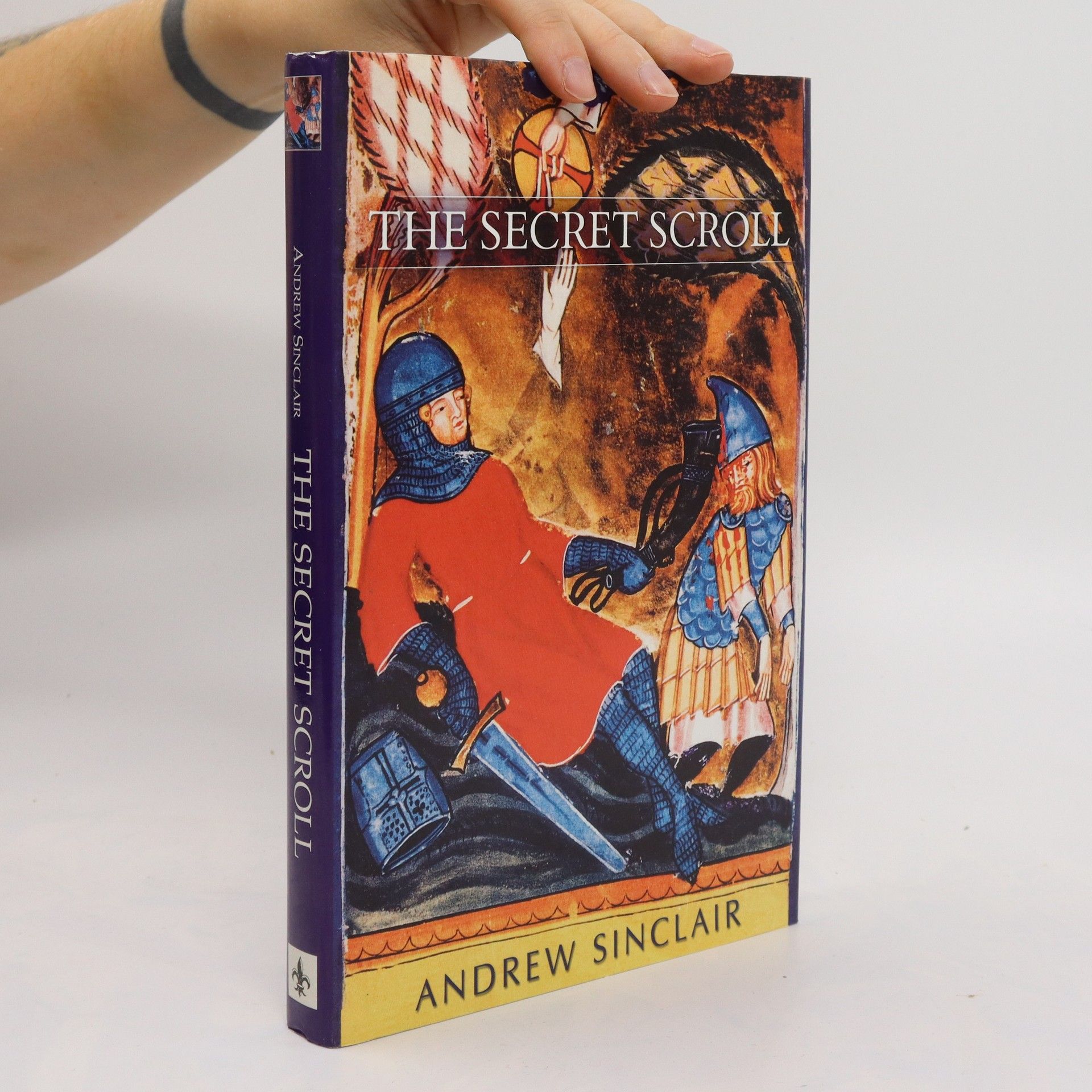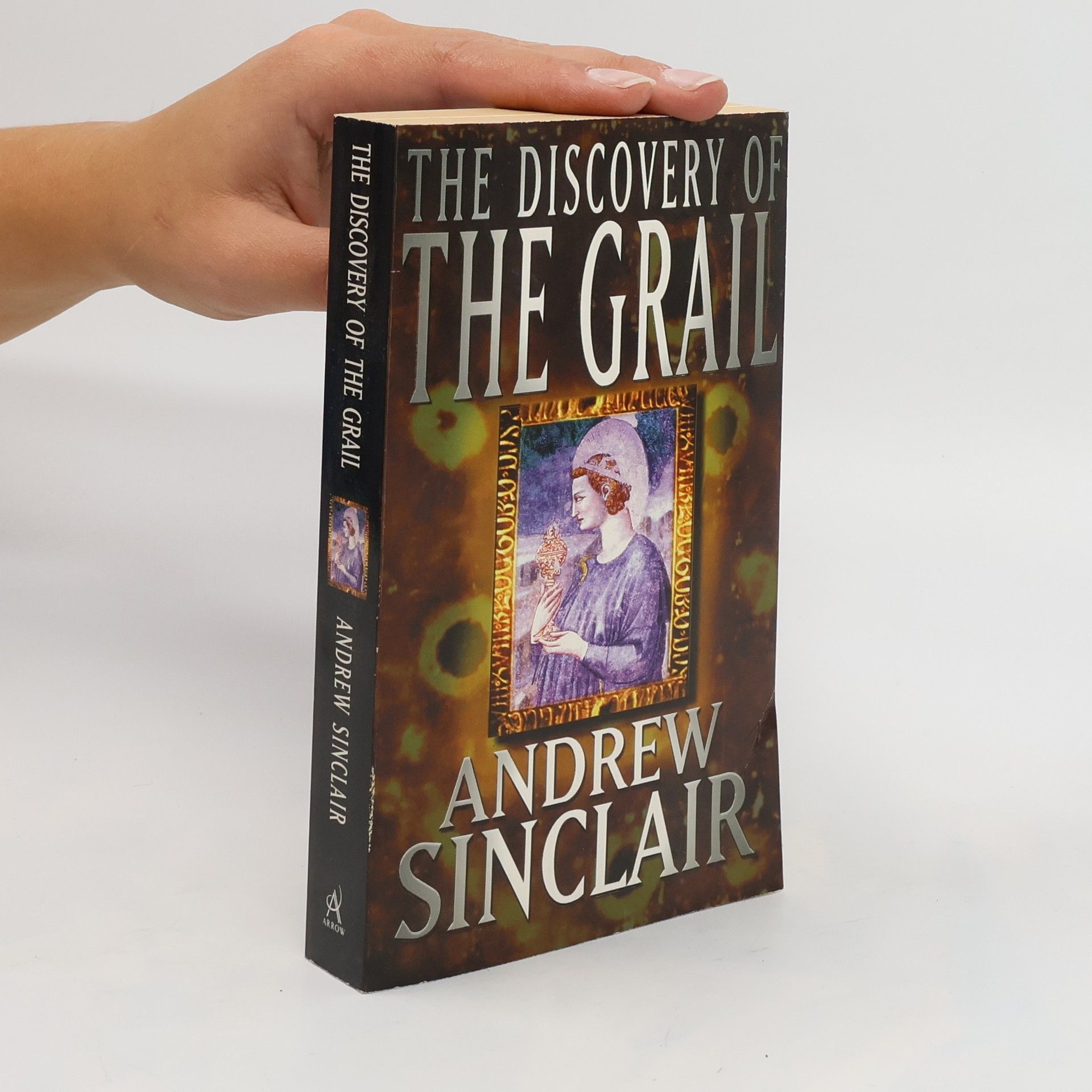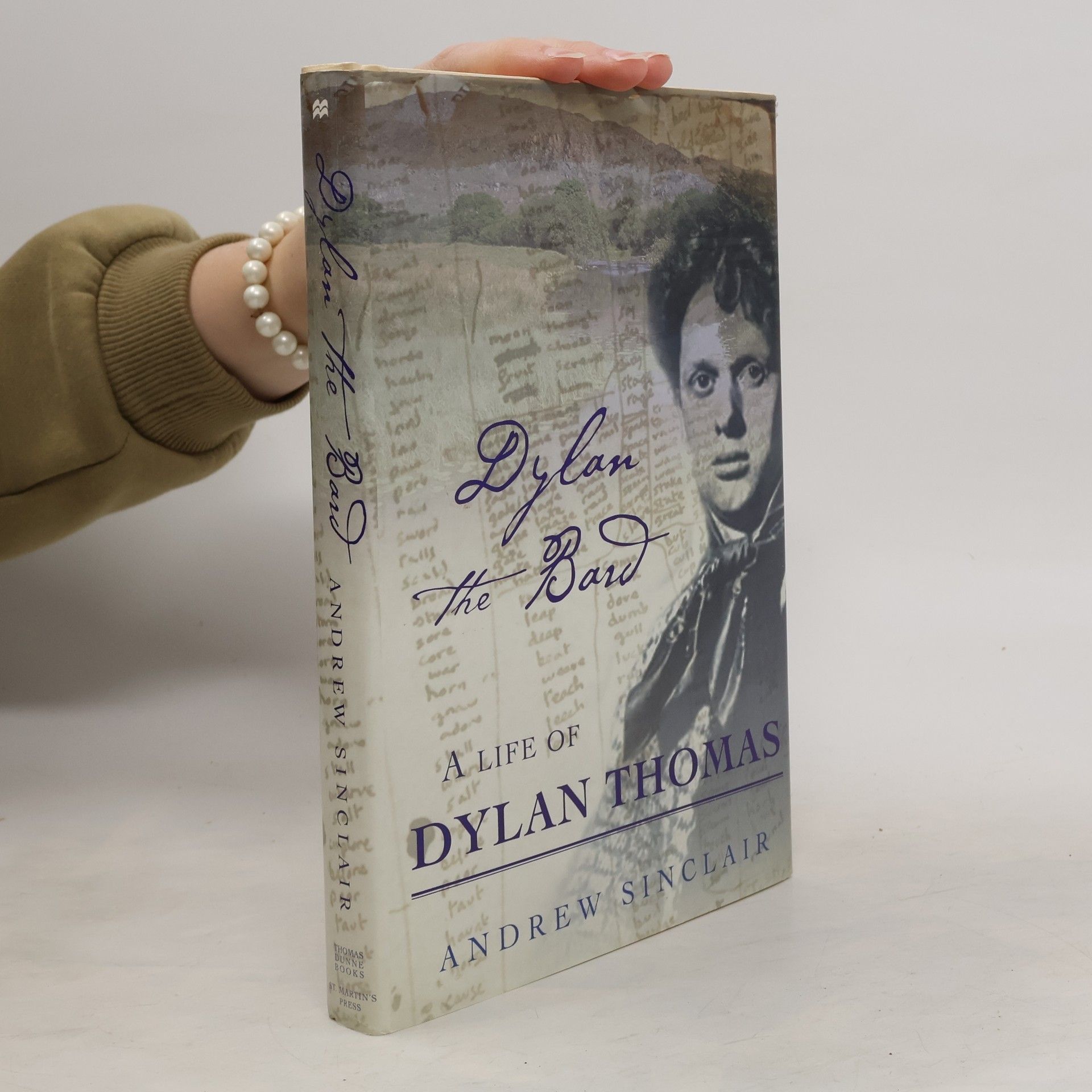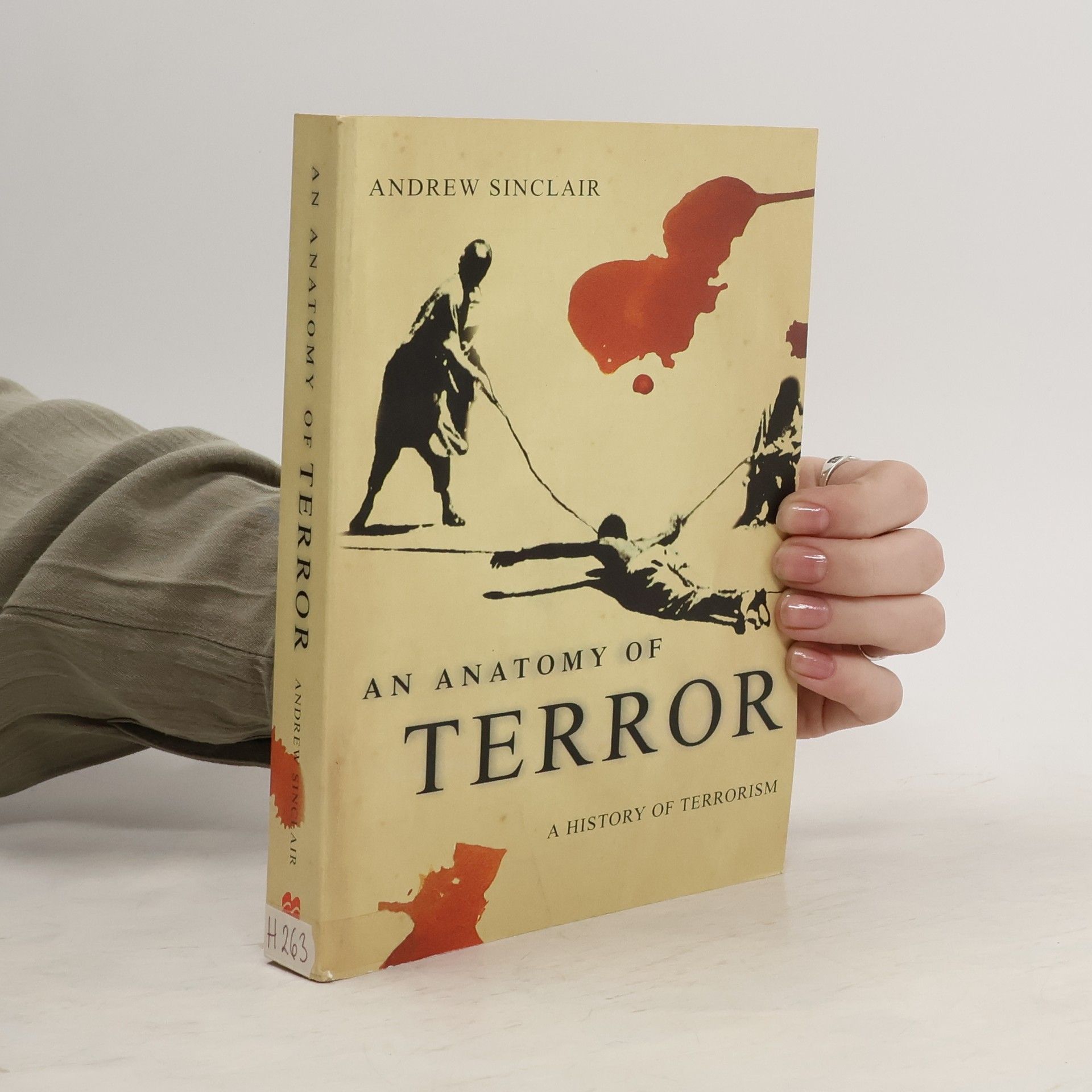Andrew Sinclair Bücher
Andrew Sinclair war ein produktiver Autor, der für seine fantasievollen und stilistisch vielfältigen Romane bekannt war. Seine Werke erforschen oft Themen wie Identität, Geschichte und gesellschaftliche Strukturen mit einer einzigartigen Mischung aus Gothic-Fantasy, makabrer Komödie und Pikareske. Sinclair's Schreibansatz beinhaltete eine tiefe Auseinandersetzung mit Geschichte und Kultur, die sich sowohl in seiner Belletristik als auch in seinen umfangreichen Sachbüchern widerspiegelte. Seine Fähigkeit, fesselnde Charaktere und komplexe Handlungsstränge zu erschaffen, macht ihn zu einer bemerkenswerten literarischen Stimme.


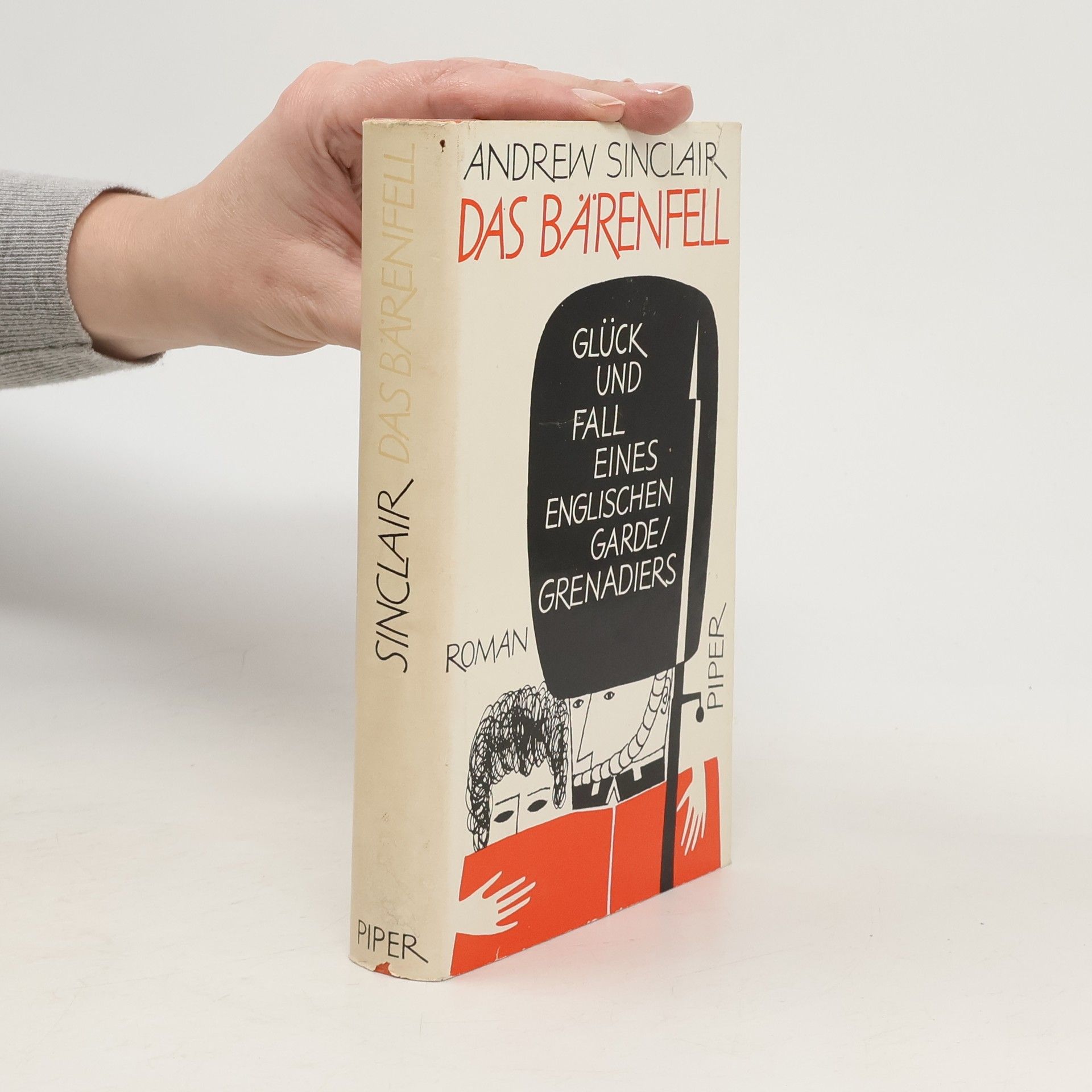

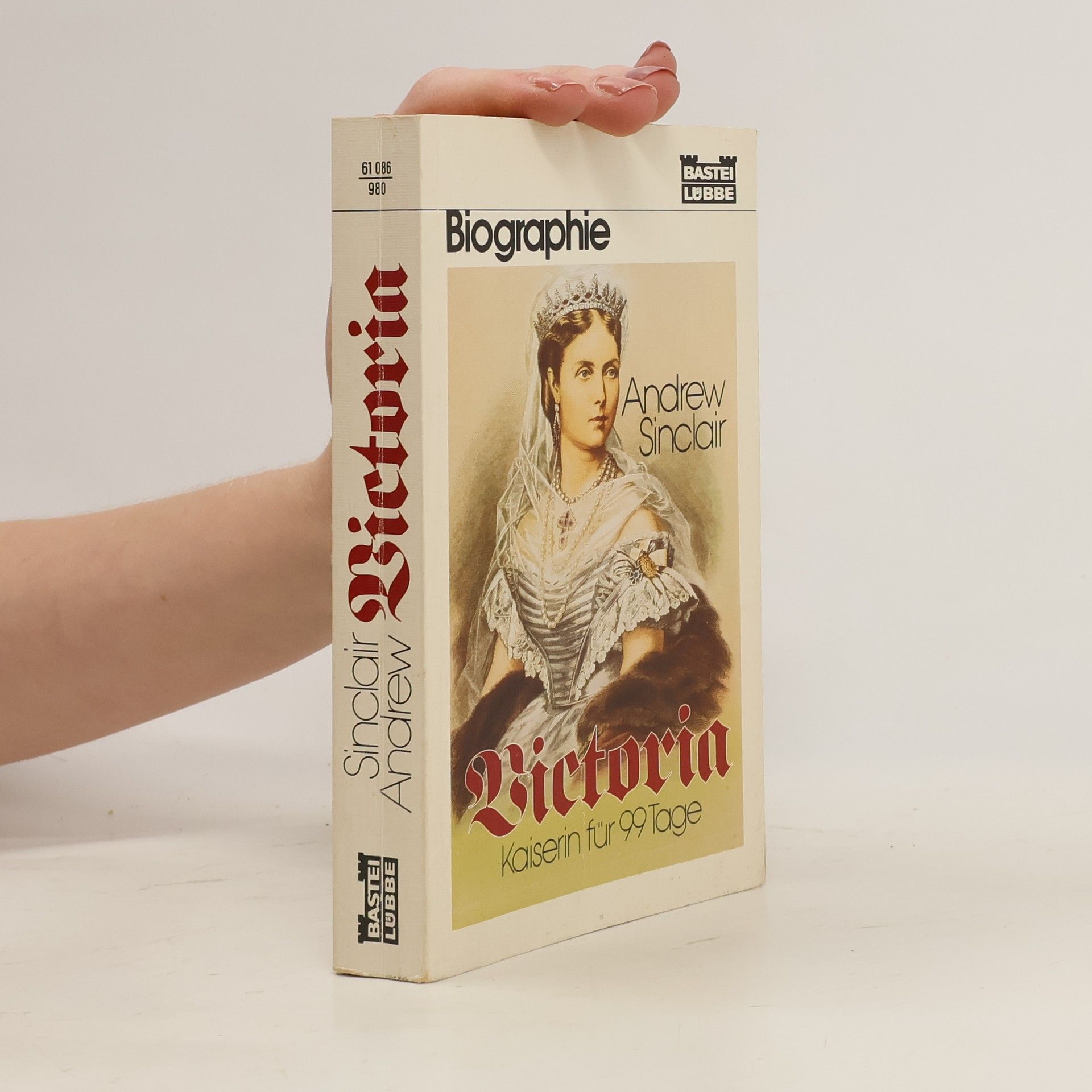

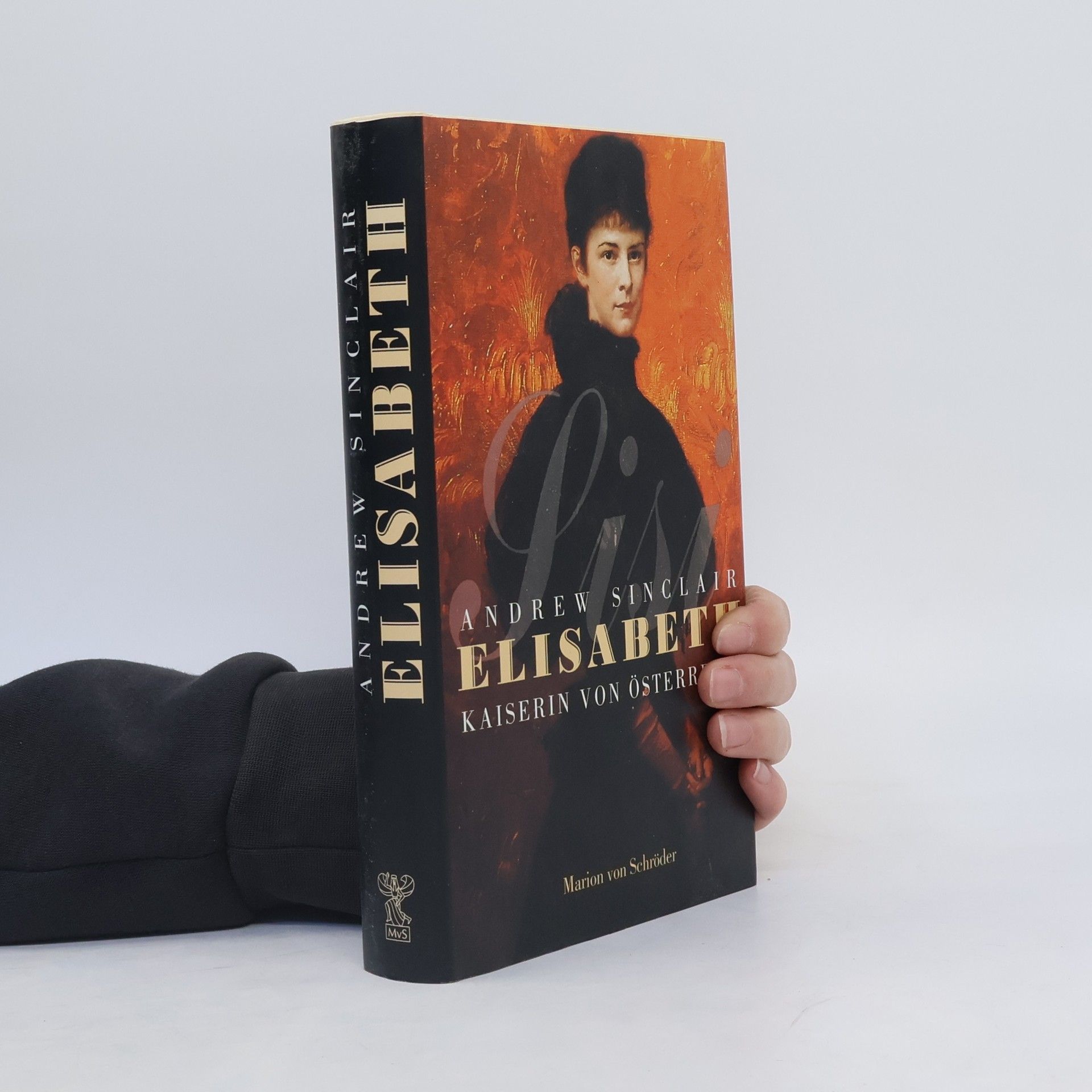
Of all Jack London's fictions none has been as popular as his dog stories. In addition to The Call of the Wild, the epic tale of a Californian dog's adventures during the Klondike gold rush, this edition includes White Fang, and five famous short stories - B tard, Moon-Face, Brown Wolf, That Spot, and To Build a Fire.
This is the story of how the mysterious Order of the Knights Templar brought their treasures and secrets to Scotland. The author, using historical analysis, religious interpretation, and detective skills, finds a chapel of the Holy Grail and its architect, and, in Orkney, the Secret Scroll.
"The story of the Grail has never been told in full. This definitive shows how the idea of the Holy cup dated from pagan sacrifices in Babylon, Greece, the Nordic people and the Celts. The biblical and post-biblical accounts of the Grail continued fitfully through the Dark Ages then flowered in the early Middle Ages through the legends of King Arthur. The Knights Templar claimed to have discovered the Grail in Palestine and brought it to Rosslyn Chapel in Scotland, which throughout the Middle Ages many artefacts surfaced which were claimed as the Grail. Andrew Sinclair traces the histories of these various artefacts and assesses their varied claims; the Glastonbury bronze bowl, the Saint Elizabeth Cup from Egypt, the wooden cup from Nanteos in North Wales, the emerald bowl owned by Napoleon, the precios metal Grail said to be hidden in Rosslyn Chapel and sought there by Rudolf Hess."
Explores the relationship between the poet's work and his self-destructive personal nature.
An Anatomy of Terror
- 415 Seiten
- 15 Lesestunden
Andrew Sinclair explores the entire sweep of history - from the early role of terror as a tribal force and its incorporation into the rise of religious terrorism to later, politically fuelled violence.
